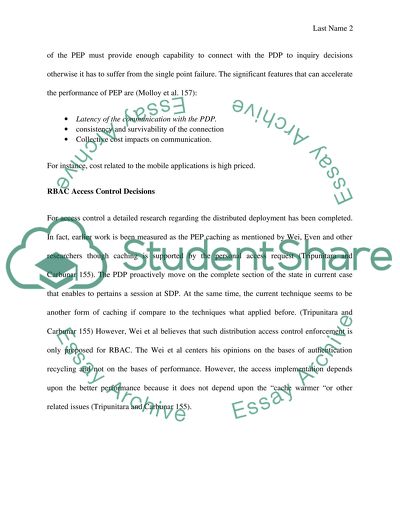Cite this document
(“Inference technique in Access control Decisions Research Paper”, n.d.)
Inference technique in Access control Decisions Research Paper. Retrieved from https://studentshare.org/information-technology/1600965-inference-technique-in-access-control-decisions
Inference technique in Access control Decisions Research Paper. Retrieved from https://studentshare.org/information-technology/1600965-inference-technique-in-access-control-decisions
(Inference Technique in Access Control Decisions Research Paper)
Inference Technique in Access Control Decisions Research Paper. https://studentshare.org/information-technology/1600965-inference-technique-in-access-control-decisions.
Inference Technique in Access Control Decisions Research Paper. https://studentshare.org/information-technology/1600965-inference-technique-in-access-control-decisions.
“Inference Technique in Access Control Decisions Research Paper”, n.d. https://studentshare.org/information-technology/1600965-inference-technique-in-access-control-decisions.


